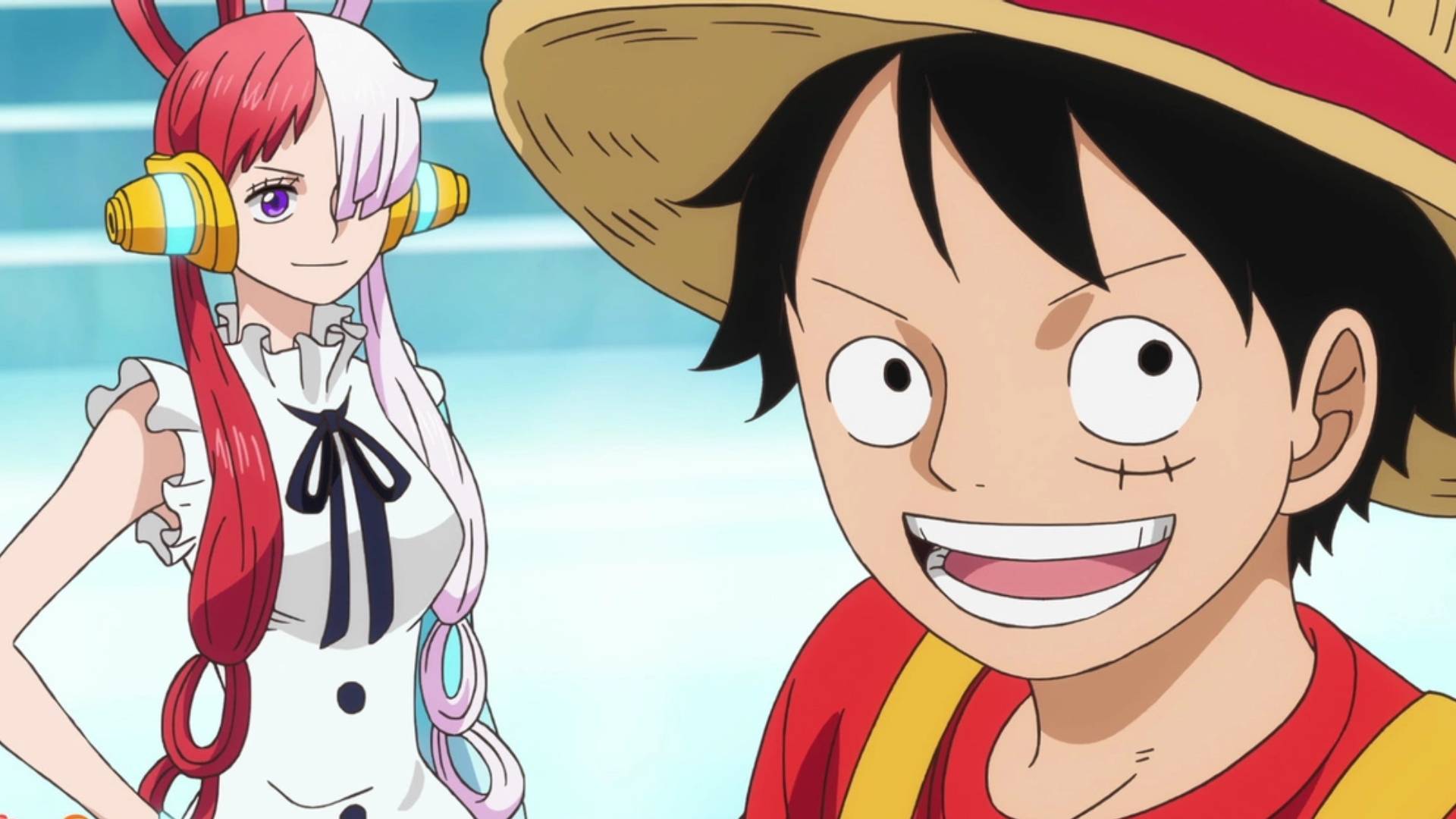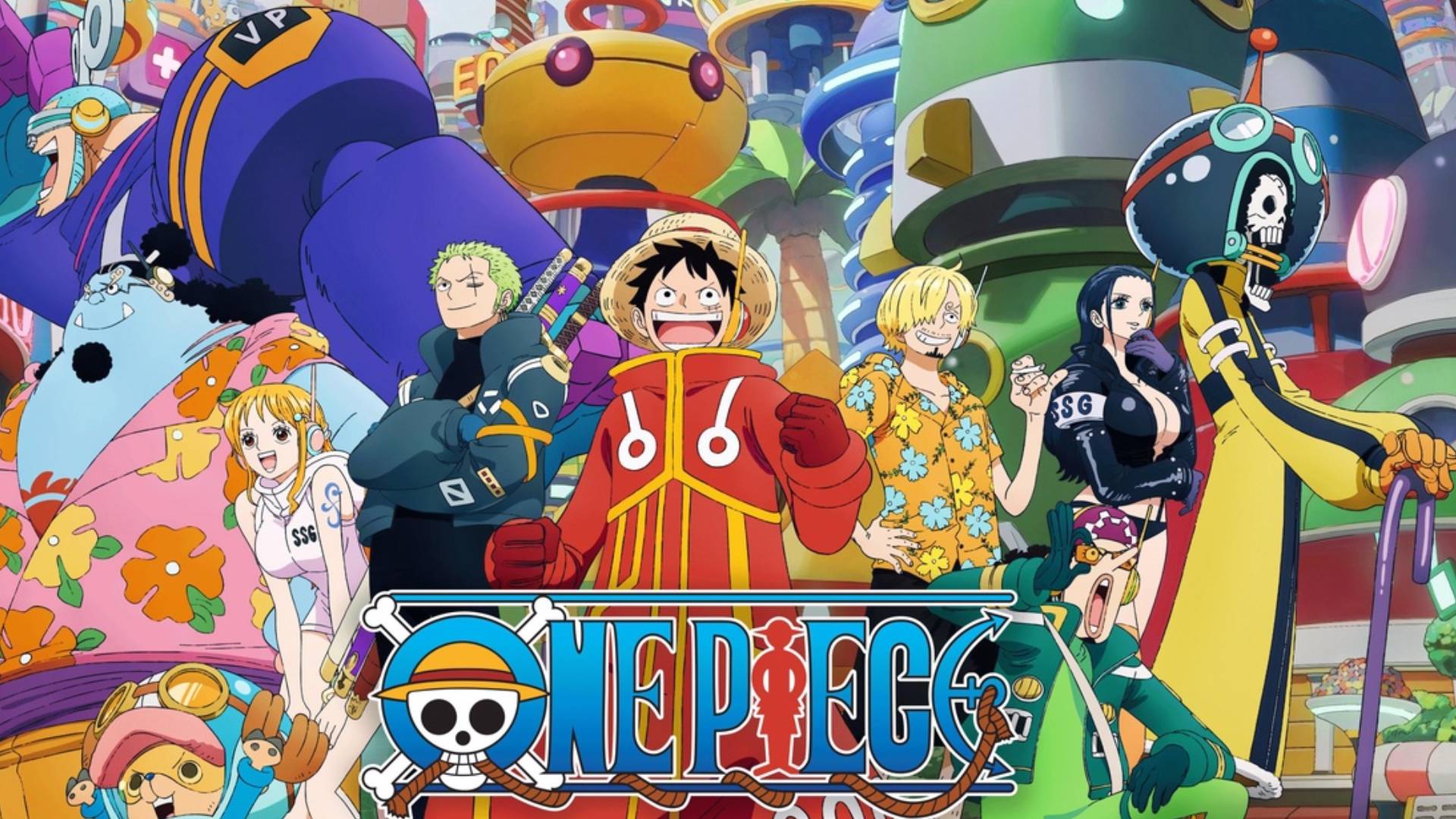
One Piece has a legendary reputation, and rightly so. With over 1000 episodes under the show's belt, Eiichiro Oda's epic pirate adventure about a young boy named Luffy who dreams of finding a legendary treasure and becoming king of the pirates features some truly stunning character writing and arguably some of the best worldbuilding in all of fiction. That being said, there has long been a disconnect between One Piece readers and watchers. The former swear on this being one of the all-time great mangas, while the latter tend to play a bit coy about recommending the anime to newcomers.
The biggest reason for this is the pacing. Like many '90s and early '00s shonen anime, One Piece has a lot of filler episodes – which sometimes extend to whole arcs. Because the show releases on a weekly schedule rather than a seasonal one, the filler impacts individual "canon" episodes, too. These see extra scenes added and scenes stretched out in order to extend the episodes' runtime and slow down the anime's pacing to keep it behind the manga. Important fight scenes will pause at seemingly random times while showdowns will evolve into staring contests for minutes on end with nothing happening.
This has resulted in fans taking it upon themselves to "fix" the anime by editing down those filler moments in a fan project called ‘One Pace’. This sees fans removing filler scenes that are not present in the source material, to bring it more in line with the manga. However, with the latest arc, Egghead Island, it seems this approach may no longer be necessary. Finally, One Piece is as good as manga readers swear it is.
New approach

After the huge battle at Wano Country that lasted for years on end and turned the world of One Piece upside down, the Egghead Arc feels like a breath of fresh air. For the first time in years, viewers are taken to a brand new location, with a new look, and new supporting characters. The show trades feudal Japan for a futuristic island where everyone wears cyberpunk clothes, food is genetically engineered out of thin air in vending machines, and holograms are everywhere.
What makes the arc stand out, however, is the pacing. We're still early in the arc, but so far every episode feels tightly constructed. Each scene is there to make an impact, and get out before overstaying its welcome, and whenever the show slows down, it feels more like an opportunity to deepen what we're watching, rather than drag it on for as long as possible.
A big part of why this is has to do with shorter runtime for the episodes. Each episode now has a segment at the end titled 'Tell Me, Robin! Chopper’s I-Wanna-Learn-More-You-Fool!' that recaps information about characters we haven't seen in a while (which is certainly welcome after nearly 1100 episodes). Additionally, the show also has an ending song, after the show skipped these for 17 years. What this does is pad the runtime after the episode is over, rather than stop the story midway through to extend it.
It helps that the Egghead arc is so far packed to the brim with story, with lore dumps and character interactions, that it allows the anime time to slow down and let the episodes breathe. One example is Luffy's fascination with the automated food dispenser, which turns into the kind of extended and absurd comedic scene that One Piece has long been known for. Or there’s the fight between the Heart Pirates and the Blackbeard Pirates, which is expanded to let the animators go wild interpreting the manga art.
This last bit has been prevalent in recent years in One Piece, starting with the Wano arc, where we truly saw individual directors put their stamp on the visuals of the show in a way we hadn't in the previous 20+ years of the show's history. All in all, this means that even though it's taken a while, with Egghead Island, One Piece fans finally have something to show newcomers as proof that this story is not just great on paper, but also a fantastic compromise-free watch.
For more, check our guide to Netflix's One Piece season 2, as well as all of the new anime you need to know about.







